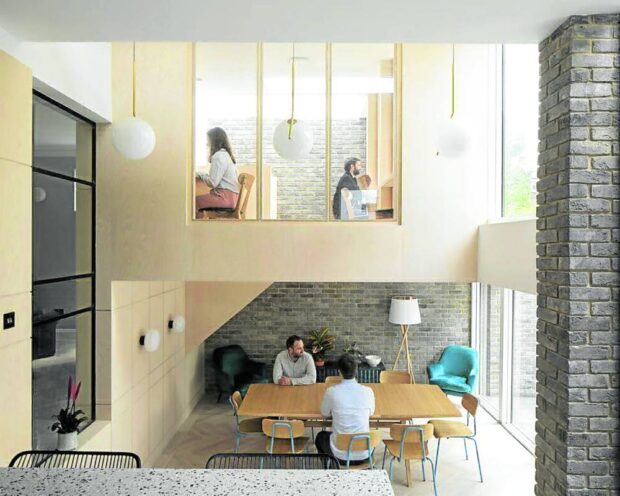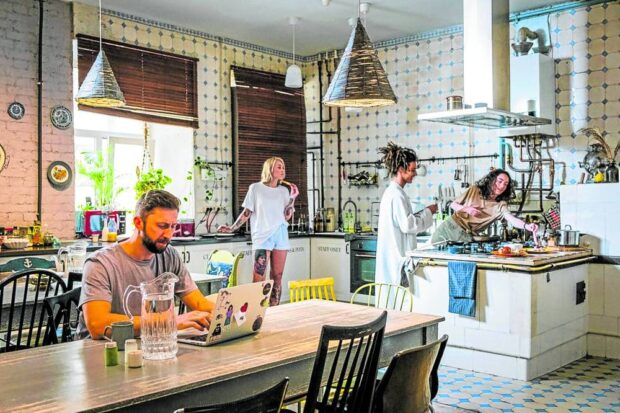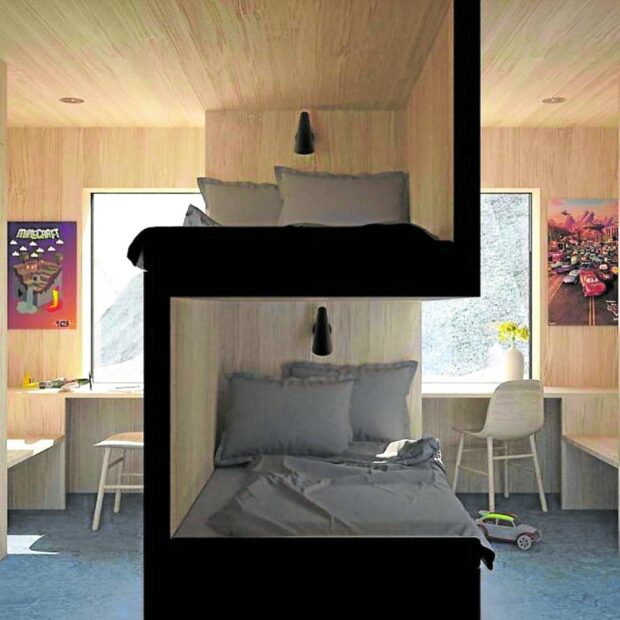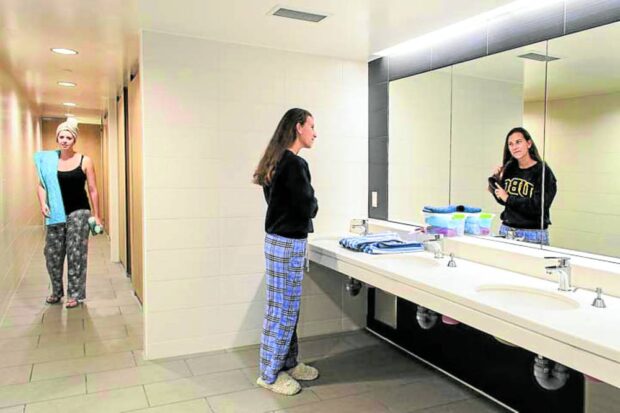The co-living movement

Co-living depicts modern habitation, where shared toilets, lounges, and workspaces are as stan- dard as private bedrooms. (RICHARD CHIVERS)
Urban living transforms as co-living takes the stage, offering Filipinos a novel way to dwell, share, and thrive. Gone are the days of simple room rentals. Today’s city-goers seek a life where work, leisure, and community blend seamlessly.
The Co-Living Canvas
Co-living depicts modern habitation, where shared toilets, lounges, and workspaces are as standard as private bedrooms. These environments blend the privacy of individual rooms with communal facilities like kitchens, where cooking becomes a shared experience and living spaces that transform into venues for cultural exchanges and personal growth.
Workspaces within these complexes promote collaboration, embodying the shift towards a gig economy. By design, shared spaces foster a sense of belonging, allow residents to forge meaningful connections and combat the detachments often found in city living.
The Drivers of Shared Habitation
The appeal of co-living is multi-faceted. Economically, it offers young professionals a way to mitigate the high costs associated with urban living without sacrificing quality of life. Culturally, there is a growing appreciation for collective experiences over material possessions, especially in the Philippine setting where “Bayanihan”, the spirit of communal unity and cooperation, is deeply ingrained. Co-living taps into these cultural undercurrents.

Co-living spaces could become incubators for innovation, life-
long friendships, and entrepreneurship. (OLIVER HOERZER VIA PEXELS)
Metro Manila’s Communal Quarters
In the quieter corners of the metropolis, remodeled apartments also offer a more intimate version of shared living. These spaces serve as microcosms of urban society and reflect a range of preferences and lifestyles. They also challenge the traditional Filipino home setup, prompting a cultural and architectural dialogue about space utilization and communal living’s role in the urban fabric.
The Allure and the Adjustments
The model champions cost-sharing, significantly reducing individual financial burdens and community occasions that transform living spaces into dynamic social hubs. The “plug-and-play” aspect offers unprecedented convenience, where residents can move in with minimal setup.
However, privacy often yields to public interventions, and personal space may be scarce. Such adjustments require a reevaluation of personal boundaries and a recalibration of expectations about home and community. Understanding these trade-offs is crucial for anyone considering stepping into the co-living sphere.
The Co-Living Forecast
The trend is poised to evolve significantly in response to the burgeoning digital nomad culture and the shift toward remote work. This change fuels a demand for co-living homes that incorporate office environment elements. As such, these residences require more robust digital infrastructures, offering high-speed internet and dedicated workstations that cater to professionals whose offices are where they can open their laptops.
Moreover, as the boundary between work and home becomes increasingly blurred, co-living spaces will likely offer more versatile living arrangements. Setups could include adaptable furniture and interior designs that allow for easy transitions between living and working areas and soundproofing for privacy during work hours.
Beyond physical adaptations, the co-living model may expand its scope to foster professional networking and skill-sharing among residents. With community managers potentially curating events and workshops geared towards professional development, co-living spaces could become incubators for innovation, life-long friendships, and entrepreneurship.
The author, www.ianfulgar.com, is a leading architect with an impressive portfolio of local and international clients, his team elevates hotels and resorts, condominiums, residences, and commercial and mixed-use township development projects. His innovative, cutting-edge design and business solutions have garnered industry recognition, making him the go-to expert for clients seeking to transform their real estate ventures


